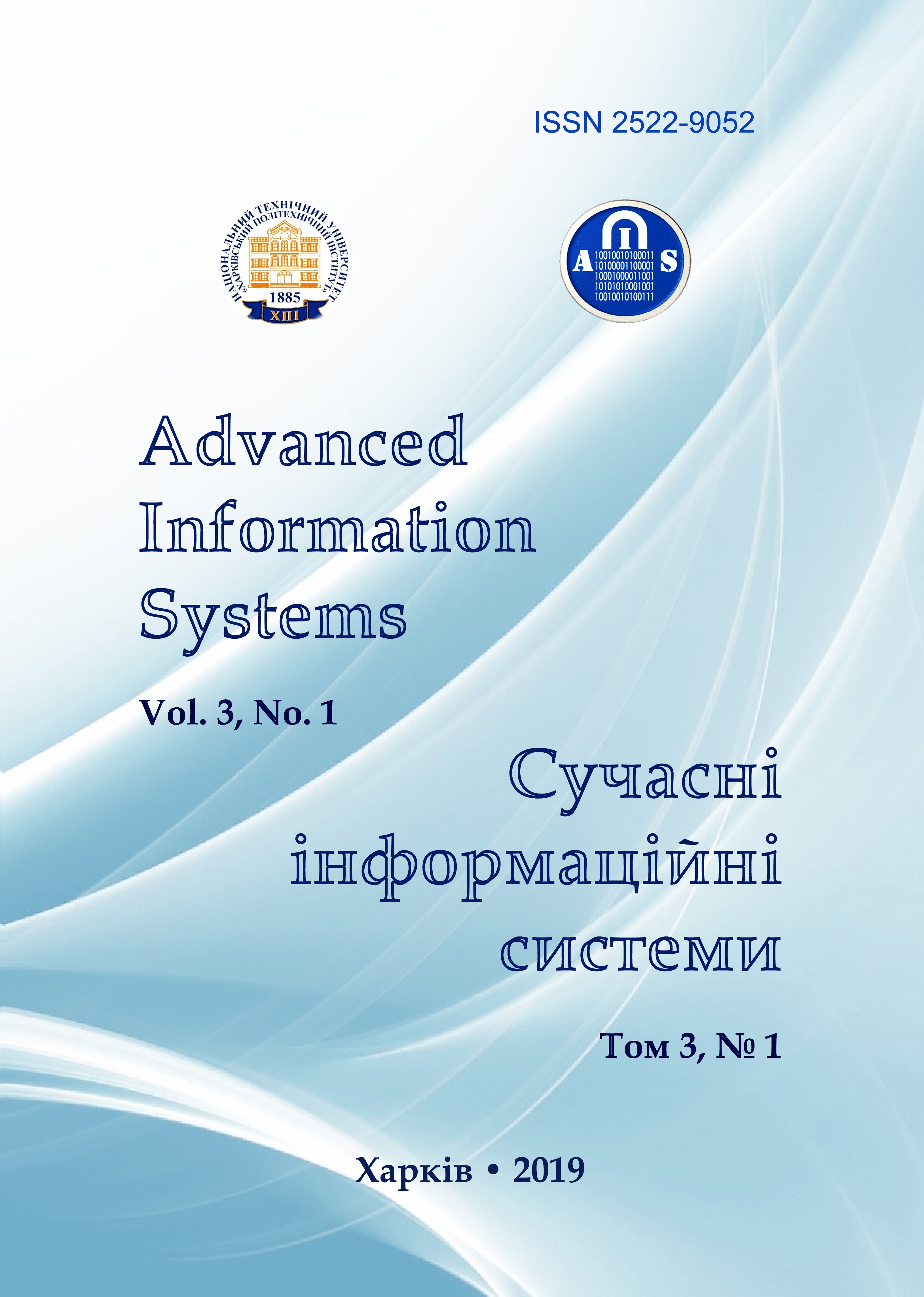DETERMINATION OF RELIABILITY INDICATORS OF COMPLEX ELEMENTS OF ROCKET COMPLEXES IN TRANSPORTATION OF ROCKETS
Main Article Content
Abstract
Under the missile system (MS) it is understood that the totality of the functional and technologically interconnected missiles of a particular type, technical means and facilities intended to maintain their readiness for use, launching missiles, controlling their flight, and performing other tasks (for example, protecting a missile from the impact of the attacking factors enemy weapons). The main properties of LWR are survivability, combat readiness, effectiveness of the action on the target, ability to overcome the enemy's resistance, reliability, manageability, reach. The property of the Republic of Kazakhstan as a whole and its constituent parts separately keep in time the ability to perform functions in accordance with the intended use under the specified modes and conditions of operation (at application, maintenance, storage, transportation). The paper considers the concept of reliability of MS, whose increase is considered one of the important tasks. One of the most important indicators of reliability during operation of the LWR is to ensure the mechanical preservation of their component parts. It is understood that the preservation is understood as the ability to preserve the specified mechanical properties, in particular, during and after transportation. In the process of transporting a rocket, its structure is exposed to various external forces that vary in magnitude and time. During operational loads, there is a process of complex interaction of external force factors. Estimated and experimental studies of the effect of actual operational loads on a launcher with a rocket (LWR) present considerable difficulties, especially considering the dynamics of loads. Apart from this, on the PUs there are striking factors, due to the use of weapons by the enemy. These effects can cause damage and failure as separate elements of the LWR and the product as a whole. The use of LWR constantly requires the solution of specific tasks to ensure the mechanical safety of structures, for the solution of which developed new methods. There are differences between the results obtained to ensure the mechanical safety of the components of the MS and the real results obtained on the basis of existing methods. However, the level of development of the means of defeating the enemy, mechanical safety of the components of the LWR, under the influence of vibration and shock loads, is not ensured. In the considered woMS, it is proposed to evaluate the reliability of the launcher with the rocket during the transportation process with a complex indicator - the coefficient of operational readiness of the launcher with the rocket. The given mathematical model of determining the coefficient of operational readiness of the launcher with the rocket during the transport of the rocket.
Article Details
References
Volkov, E.B., Prokudin, A.I. and Shishkin, Yu.N. (1990), Technical bases of efficiency of rocket systems, Mechanical Engineering, Moscow, 254 p.
Gladkyy, V.F. (1975), Strength, vibration and reliability of the structure of the aircraft, Nauka, Moscow, 454 p.
Ventzel, E.S. (1973), Probability Theory, Nauka, Moscow, 368 p.
Avduyevskiy V.S. (1986), Reliability and efficiency in the technique, Vol. 1 – Methodology. Organization Terminology, Mashinostroenie, Moscow, 224 p.
Kurenkov, V.I. and Volotsev V.V. (2010), Reliability of products and systems of rocket and space technology, Samara State Aerospace University named after Academician SP Queen, Samara, 55 p.
Kuznetsov, A.A. (1978), Reliability of ballistic missile structures, Mechanical Engineering, Moscow, 256 p.
Kurenkov, V.I. (1998), Methods for calculating the reliability of spacecraft: a summary of lectures, SGAU, Samara, 80 p.
Chapkov, I.B., Borokhvostov, I.V., Borokhvostov, V.K. and Rusevich A.O. (2014), “Problems of technical equipment of the Armed Forces of Ukraine and ways of their solution in modern conditions”, Science and defense, No. 3, pp. 43–50.
Dhivakar, B., Saravanan, S.V., Sivaram, M. and Krishnan R.A. (2012), “Statistical Score Calculation of Information Retrieval Systems using Data Fusion Technique”, Computer Science and Engineering, Vol. 2, Issue 5, pp.43-45, DOI: http://doi.org/10.5923/j.computer.20120205.01
Sivaram, M., Yuvaraj, D., Amin Salih, Mohammed, Porkodi, V. and Manikandan V. (2018), “The Real Problem Through a Selection Making an Algorithm that Minimizes the Computational Complexity”, International Journal of Engineering and Advanced Technology, Vol. 8, Iss. 2, 2018, pp. 95-100.
Chapkov, I.B. Borokhvostov, V.K., Riabets, A.M. and Borokhovostov I.V. (2015), “Technical re-equipment of the Armed Forces of Ukraine: possible variants and approximate cost”, Science and defense, No. 1, pp. 20–24.
Ruban, I., Kuchuk, H. and Kovalenko A. (2017), “Redistribution of base stations load in mobile communication networks”, Innovative technologies and scientific solutions for industries, No 1 (1), pp. 75–81, DOI :
https://doi.org/10.30837/2522-9818.2017.1.075.
Shirokorad, A.B. (2003), Encyclopedia of domestic rocket weapons 1918-2002, Harvest, Minsk, 544 p.
Borisov, E.G. (2013), High-precision weapon and fight against it, Lan, Moscow, 496 p.
Karpov, I.A. (2009), “Priorities for the development of high-precision weapons”, Military parade, Vol. 25, No. 5, pp. 22–24.
Kharchenko, V.С., Batukov, A.P. and Lysenko I.V. (1997), The theory of reliability and survivability of elements and systems of aircraft complexes, HVU, Kharkiv, 403 p.
